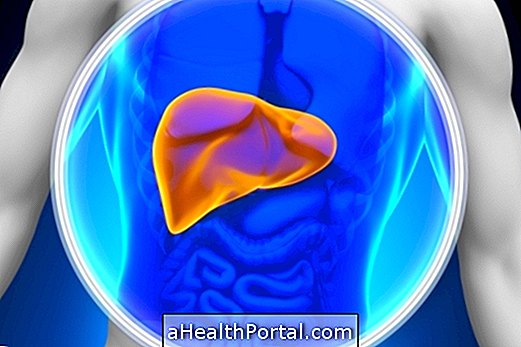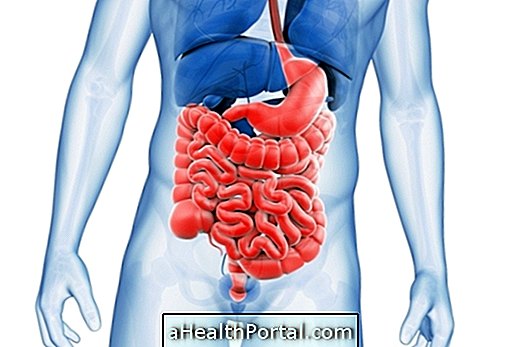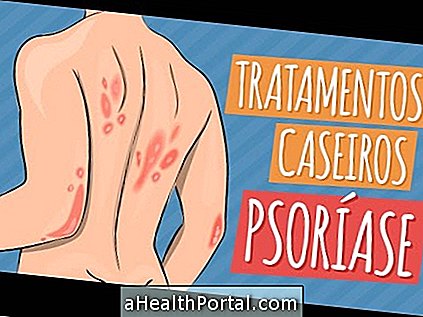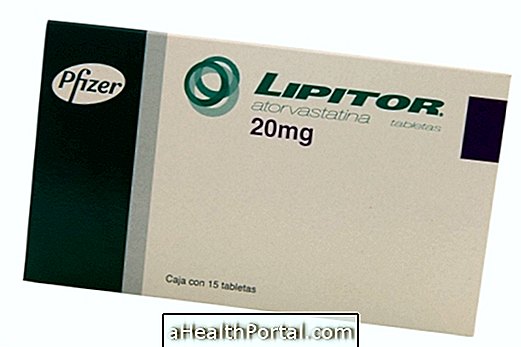The liver cyst is a fluid-filled cavity, like a kind of "bubble" in the organ, usually filled by fluid, which normally produces no symptoms or any change in the body.
Most of the time, it is not serious and is also not a sign of cancer, however, in some cases, the cyst can be dangerous, especially if they increase in size over time. Thus, although treatment is rarely needed, the hepatologist may request regular checkups and examinations to assess the size of the cyst over time.
The cyst is usually detected in routine exams such as ultrasound or tomography, able to detect its presence and differentiate the cyst from other more dangerous lesions, such as tumors or nodules. Check out how to identify and treat hemangioma, which is a type of liver nodule.

Main types of cyst
The liver cyst may be classified as follows:
- Simple cyst: The most common type of cyst, also known as a hemangioma, which is often smaller than 5 cm in size and may not cause symptoms. It usually does not cause complications and therefore does not require treatment in most cases.
- Hydatid cyst: caused by parasites, such as the echinococcus, which are transmitted by contaminated food and water, and which cause nodules in the liver that, when they grow, can develop symptoms such as pain in the right abdomen and abdominal swelling. Usually your treatment is done with surgery;
- Neoplastic cyst: A rarer type of cyst in the liver that may be benign or malignant, such as cystadenoma or cystadenocarcinoma. Generally they are multiple and of great size, being able to cause pain in the belly, fever and fatigue.
To identify the correct type of cyst, a hepatologist should be consulted to evaluate the problem and perform other necessary imaging tests, such as ultrasonography, CT scan or magnetic resonance imaging.
How is the treatment done?
Treatment for liver cyst depends on its type and cause, but in the case of a simple cyst it is usually not necessary to do any type of treatment.
In the case of simple cysts of large size or that cause symptoms, the use of surgery to remove the cysts is recommended. Thus, when there is suspicion of malignancy, the surgeon can collect a sample of the fluid and perform a biopsy after surgery, in order to be evaluated in the laboratory.
In the case of cancerous liver cyst, it may be necessary to remove a part of the liver or to transplant the organ in order to cure the disease, as well as chemotherapy or radiotherapy, for example.
Learn more about how liver cancer is treated.
Possible cyst symptoms
Although rare, some cysts can cause symptoms to develop, such as:
- Abdominal pain;
- Skin and eyes yellowish;
- Weight loss or anorexia;
- Fever above 38ºC;
- Excessive tiredness.
Other signs and problems such as increased belly volume or heart failure may also be associated with symptoms of liver cyst.






















